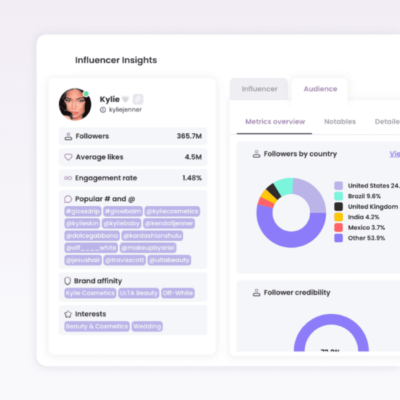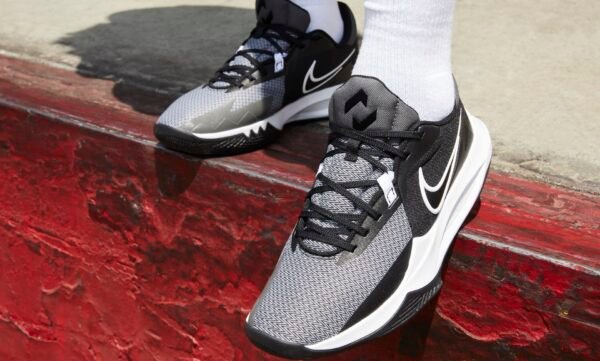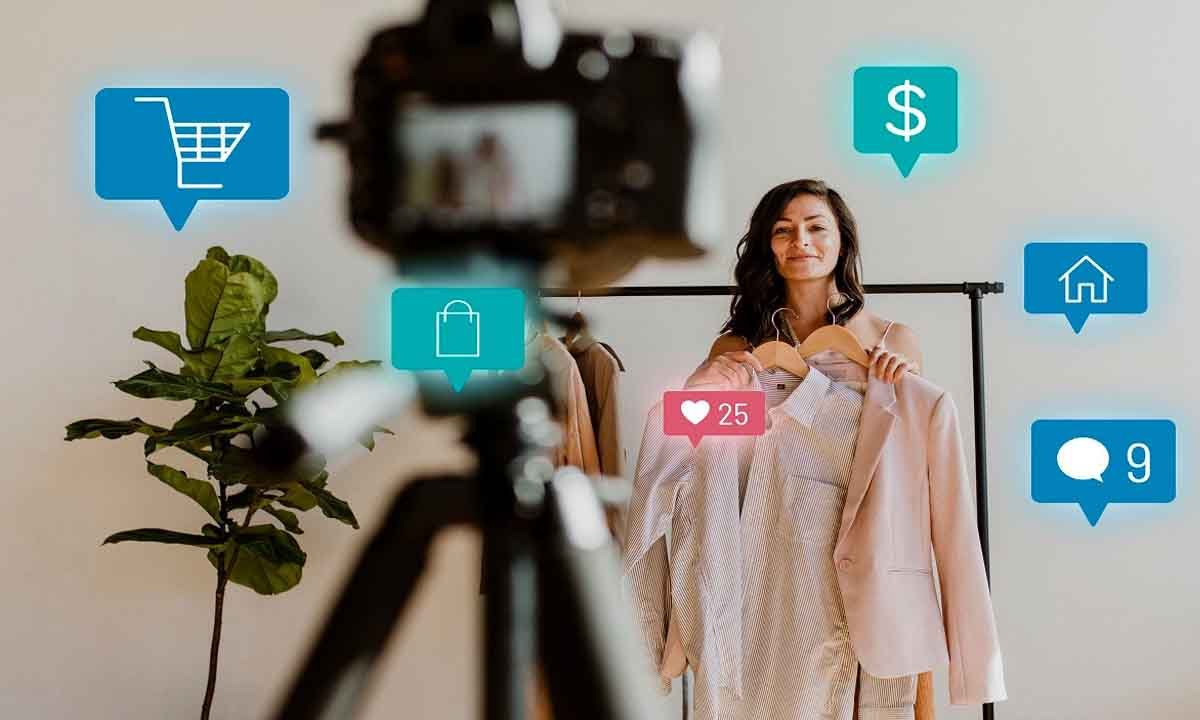Are you looking to amplify your influencer marketing campaigns and see measurable results?
In the ever-evolving world of digital marketing, one thing has become clear: analytics is the backbone of successful influencer campaigns. With the right data, brands can connect with their audience, optimize strategies, and achieve ROI like never before.
In this article, we’ll explore the critical role of analytics in influencer marketing and how it empowers brands to make smarter decisions, backed by real-world examples and actionable insights. From identifying authentic influencers to tracking campaign success,  analytics can elevate your marketing game to new heights.
analytics can elevate your marketing game to new heights.
What is Analytics in Influencer Marketing?
At its core, analytics in influencer marketing refers to the use of data to:
- Identify Ideal Influencers: Match brand values with the right audience.
- Track Campaign Performance: Monitor engagement, reach, and ROI.
- Optimize Content Strategies: Ensure content resonates with the target audience.
- Combat Fake Influence: Detect fake followers and ensure authenticity.
- Make Real-Time Adjustments: Adapt campaigns for better results.
Analytics transforms influencer marketing from a creative art into a data-driven science, ensuring every decision contributes to the brand’s success.
Why is Analytics Crucial in Influencer Marketing?
Without analytics, influencer marketing can be like navigating without a compass. It ensures:
- Authenticity in Influencer Selection
- Identify influencers with genuine engagement and a loyal following.
- Avoid pitfalls like fake followers or irrelevant audiences.
- Enhanced ROI Tracking
- Measure how influencer campaigns impact website traffic, sales, and brand awareness.
- Make data-backed decisions to maximize returns.
- Real-Time Campaign Adjustments
- Stay agile by tweaking strategies as the campaign progresses.
- Respond to trends and audience feedback in real-time.
Key Benefits of Analytics in Influencer Marketing
1. Unveiling Audience Insights
Analytics doesn’t just provide numbers; it offers a deep understanding of your audience. By analyzing demographics, preferences, and behaviors, brands can choose influencers whose followers align perfectly with their target market.
Example: Nike’s Precision Strategy
Nike leveraged analytics to identify micro-communities within its audience. Partnering with niche influencers led to a personalized connection and boosted engagement by 30%.

2. Tracking ROI for Smarter Investments
Every marketing effort comes down to ROI. Analytics tracks key performance indicators (KPIs) like engagement rates, conversions, and sales, ensuring brands make data-driven investments.
Example: Glossier’s Data-Driven Campaign
Glossier meticulously tracked influencer collaborations, identifying top-performing influencers. This approach resulted in a 20% increase in revenue and more targeted campaigns.

3. Ensuring Authentic Partnerships
Fake influencers with inflated follower counts can damage a brand’s credibility. Analytics helps detect influencers with genuine engagement and an authentic audience.
Example: Pepsi’s Authenticity Check
Pepsi avoided a PR disaster by using analytics to screen influencers. They detected discrepancies in engagement metrics and avoided partnerships with fake influencers.

4. Content Optimization Through Analytics
By analyzing past campaign data, brands can identify what content resonates most with their audience. This leads to more effective influencer collaborations and better content strategies.
Example: GoPro’s Content Mastery
GoPro used analytics to refine its influencer content, ensuring it aligned with their adventurous audience. The result? A surge in engagement and brand loyalty.
5. Real-Time Campaign Adjustments
Digital marketing thrives on agility. Analytics provides real-time insights that enable brands to adapt campaigns instantly.
Example: Spotify’s Dynamic Playlist Campaign
Spotify monitored influencer-led playlist campaigns in real-time, adjusting content to match audience preferences. This strategy increased user engagement by 40%.

Best Practices for Using Analytics in Influencer Marketing
1. Define Clear Goals
Set specific, measurable objectives such as increasing brand awareness, driving sales, or boosting engagement.
2. Select Relevant Metrics
Focus on metrics that align with your goals:
- Engagement rates for awareness.
- Click-through rates for website traffic.
- Conversion rates for sales.
3. Invest in Advanced Analytics Tools
Use platforms like Google Analytics, Keyhole, or Followerwonk to gain deeper insights into influencer performance and audience demographics.
4. Monitor Campaigns in Real-Time
Adapt campaigns on the fly based on performance data.
5. Post-Campaign Analysis
Evaluate results, learn from successes and failures, and refine your strategy for future campaigns.
FAQs on Analytics in Influencer Marketing
1. How does analytics help choose the right influencers?
Analytics evaluates an influencer’s audience demographics, engagement rates, and authenticity. This ensures partnerships with influencers who genuinely align with your brand.
2. What are the key metrics for tracking influencer campaigns?
Important metrics include engagement rate, conversion rate, click-through rate, and overall ROI.
3. How can analytics combat fake influence?
By analyzing engagement patterns, analytics identifies discrepancies between follower counts and actual engagement, flagging fake influencers.
4. Is real-time analytics necessary for influencer marketing?
Yes! Real-time analytics enables brands to tweak campaigns instantly, optimizing performance based on emerging trends and audience feedback.
5. Can analytics improve content strategies?
Absolutely. Analytics highlights what type of content resonates most with audiences, guiding influencers to create more impactful campaigns.
The Future of Influencer Marketing Analytics
As influencer marketing evolves, analytics will remain at its core. Emerging technologies like AI and machine learning will make it easier to analyze vast datasets, identify trends, and make smarter decisions.
By embracing data-driven strategies, brands can ensure their influencer campaigns are not just impactful but also measurable and scalable.











